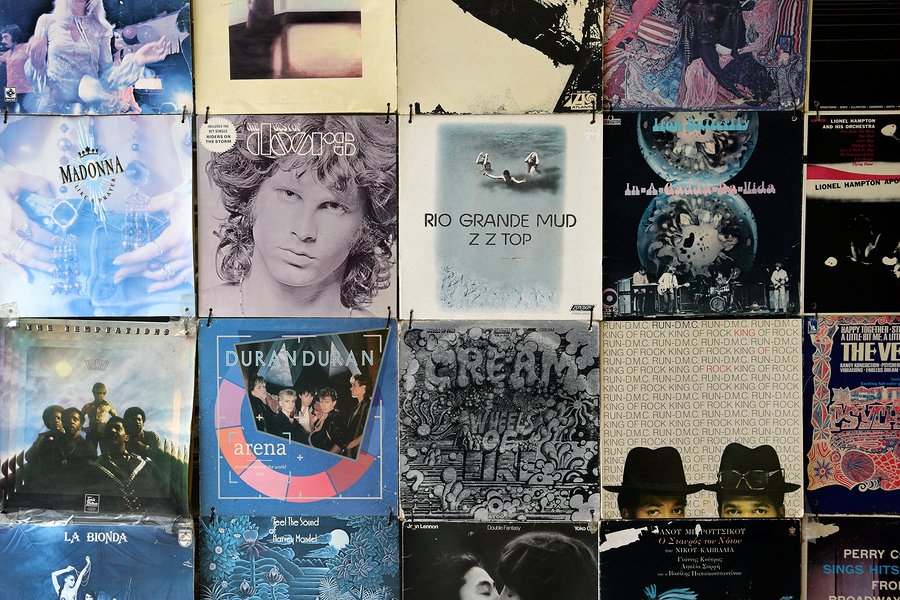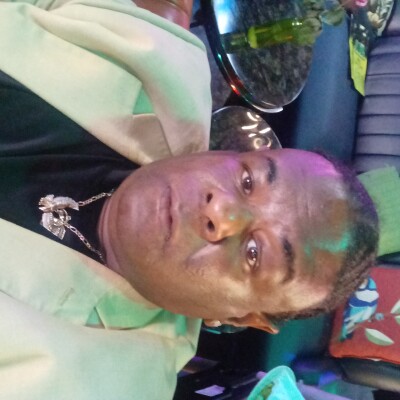Lemme tell you how the topic of this article came up. I work with two editors on the SongCast team. We brainstormed a while ago on possible topics for the blog. One of those editors added the topic that is the title of this article. At the time, I back-burnered it because I’ve always declared that you can’t choose your style; your style is just you. Nonetheless, the topic reared its head in a recent scheduling session and I thought, maybe I’ll find a way into it by the time it comes around on the calendar.
Then, as I prepared to write my own little screed about individual style and sound, my friend Allen gave me a reminder of how we’re influenced by the things around us. It sent me back to the drawing board, or thinking table, or whatever you want to call it. I considered some music I love and how I would describe the paths to their “sound” that those artists took. I came up with four archetypes of sound architecture.
Of course, nothing I describe here is unassailably true. There are no hard and fast models. I’m suggesting archetypes that I’ve observed in musicians for the purposes of examining the topic.
Experimenters
Experimenters are the musicians looking for their own sound without a sure idea of where they’re headed. That sound could be found in effects pedals or an amp. It might be in their instrument or in their own hands. But usually it’s a combination of all these influences. They keep searching and they don’t necessarily stop when they find it. To them, “sound” is elusive so they keep noodling about until they find something that works for that project, album, or song. A lot of times, it’s accidental what works and that makes it difficult to replicate.
Seekers
Seekers are the musicians with a clear idea of the sound they hear in their head. They are on a mission. Once they get that sound, they’re locked in. They’re often obsessive in their pursuit of that “perfect tone.”
Receivers
The receivers are sometimes the minimalists in the crowd. They’re absorbing the sounds around them. They experiment but it’s a laid-back experimentation. Don’t mistake receivers for lazy copycats. They’re listening carefully: picking and choosing what they incorporate into their own playing. I probably once aspired to be a seeker but I know I’m a receiver: open to input from the universe on how I ought to sound.
Lazy people
Some people just don’t think about their own sound at all. I hesitated to make this an archetype because I thought maybe laziness is a just trait we observe in unserious musicians. Then I realized, that isn’t true. Laziness in musicians’ sound is all around us. It’s in every successful band who is just aping the sounds of an innovator before them. The reason we have genres themselves is likely because a handful of talented musicians developed similar sounds and then a shitload of lazy musicians just copied them.
The reason had “punk” was because thousands of bands went, “let’s just do what Johnny’s doing.” We got “grunge” because, while Nirvana and Pearl Jam sounded nothing alike, a million bands who couldn’t distinguish between the two got record deals. Ditto for “hair metal” — an entire genre dedicated to watering down the innovations of the New York Dolls and Kiss.
A purpose for pigeon-holing
What I find interesting about making these archetypes is how it allows me to consider bands I love.
There is Jack White who is always experimenting with his sound. He knows what he likes and decides in which direction to point himself but he’s still experimenting.
There is the Cure who always played with mostly clean guitar timbres and descending, single string licks. Their sound evolved from their first album but I think Robert Smith always knew where he was headed. Once the band got there, they produced a solid discography: Head On The Door, Kiss Me,Disintegration, even Wish, Paris, Show, and Entreat should be included in the list of those albums that encapsulate that perfection of sound.
Consider blur, a band led by two receivers. Their first album was heavily influenced by the baggy trousers, Madchester, and shoegaze genres around them. They made a conscious decision to go against that grain and the grain of American grunge and produced three solidly stylized Brit-pop albums (Modern Life Is Rubbish, Parklife, The Great Escape). But maintaining a sound didn’t really suit Graham and Damon who were restless receivers of music around them.
Their self titled album, 13, and Think Tank all showed off their receptive instincts. Their sound wasn’t confined to the style that made their most famous records. Their solo work showed off even more receptive sensors. Damon veers all around world music and hip hop. Graham goes from brutal noise to fragile acoustic sounds on his solo albums.
How it all shakes out
The reason I’ve always insisted that you can’t make a sound is that most of us are some combination of the archetypes here. Or else we go through phases of each of those archetypes. To me that’s the squishy part of it: we often start out with strong opinions on how we as individuals or our band should sound. These opinions change even though we remain the same committed musicians.
When you don’t have chops, you substitute with attitude and sound. Eventually, the chops, attitude, and sound combine to make your style. Or so you’d think…
What contradicts this model is something my friend Allen Morris of Alpha Particles recently told me. He said he had some friends in a band who had been writing more songs in the style of what is popular around them. He even told them that what was unique about them was the style they’d had before those songs.
I had honestly forgotten that happens. When you’re in a scene and you see the audience react to a particular sound that is likely a sound they’ve heard and enjoyed from another band, it can entice you to write more music in that style or with that sound.
It points out that there is a difference between receptivity and mimicry. Listening to the world and absorbing new influences is great; doing what’s popular in the moment sucks.
It takes time
The critical point that you can’t know as a young musician is that with experience, your style emerges. There is some sense that you can shape your style and sound early on. You’re always choosing of course. You’re always making decisions that impact your sound. But when you’re just starting out, your sound will be more powerful than your chops.
At some point, when you stop trying to shape that sound consciously, you’ll find you already have one. Jack White may prefer beaten up, badly-treated guitars but if you put a nicely maintained acoustic guitar in his hands, he’s still going to sound like Jack White.
I wish there were a secret to longevity that confirmed my assumptions about sound but there isn’t. The Ramones made 14 studio albums over 20 years with the same sound. Jack White and Damon Albarn keep making new music with new groups as they experiment or receive new sounds. And a bunch of us, who started out thinking one thing about how we should sound, ended up becoming experimenters and receivers.
I don’t want to cop out of the question proposed by my editors: do you find a sound or make one? Both are possible. In fact, you ought to keep searching and making noise just to stay nimble.
It’s just that, in the end: the sound finds you.












































Comments
No comment